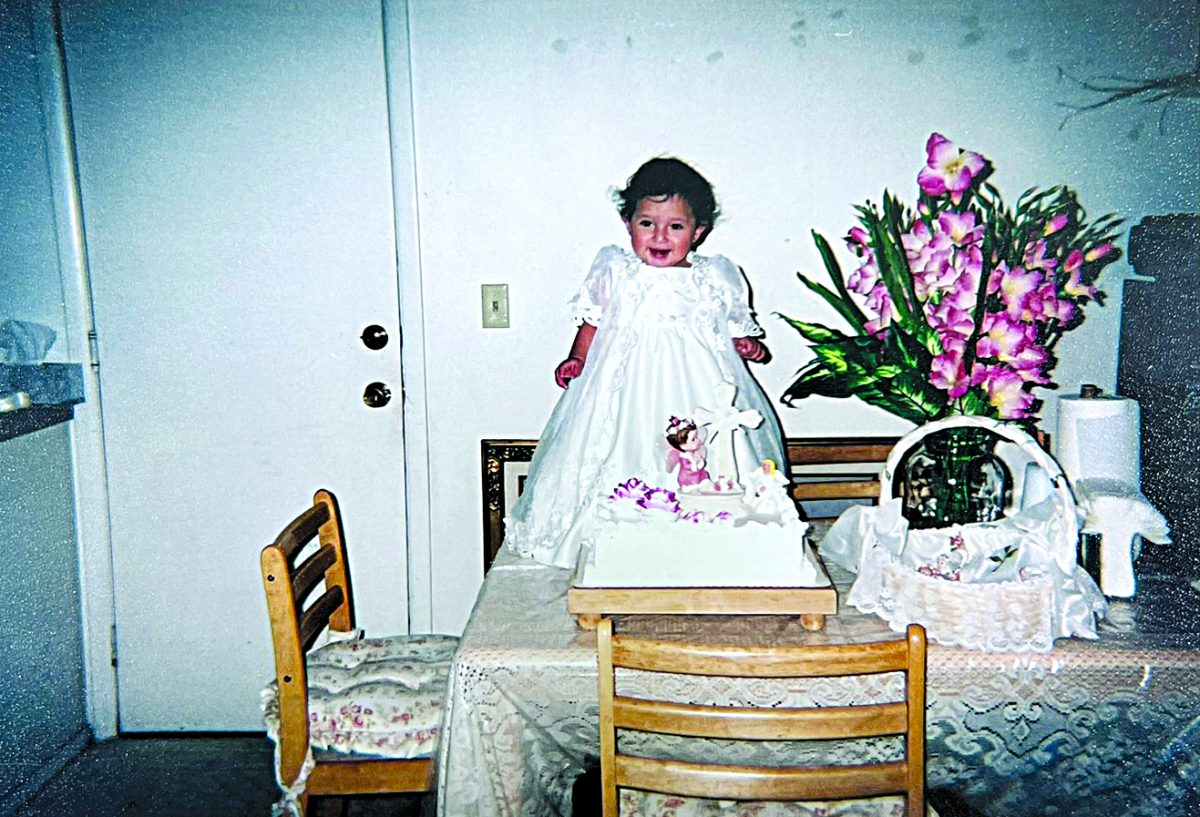
The thrift shop, cavern of throw-aways that many see as a dingy dumpster, is a place of treasure and wonder to many millennials at Weber State University as the cold weather continues its reign.
Thrift shops are home to the infamous ugly sweater, which made an appearance again this winter on the walks of campus. In the midst of a fashion culture of the form-fitting, the acceptable and the expensive, ugly sweaters set a precedent for the cheap, the used and the weird.
In an attempt to understand this phenomenon, Heidi Hughes, freshman at Weber State University and server at a café just off of campus, started to take mental notes on the types of students she saw sporting oversized sweaters.
She expressed befuddlement as she admitted that she could find almost no common ground. Over the course of one week at work, she saw students from all walks of life, and even faculty, clad in these comfy commodities.
“The only trend I could make out was that these things really are ugly,” said Hughes. “It’s like people go out and specifically find the baggiest, most unflattering and strange sweater out there. And then they wear it, and it makes them feel cool.”
Sharene Morley, a student with particular fondness for the trend, explained that the rise of the ugly sweater movement seems to correspond with the rise of the hipster mentality prevalent among young people in recent years.
In the beginning, hipsters portrayed a sense of disregard for social norms in a form of anti-culture — they bought the biggest glasses, grew the longest beards and listened exclusively to cassette tapes.
However, notes Morley, in their attempts to be different and unique, they really just ended up becoming very successful trendsetters. “Three years ago, the hipsters were the ones wearing ugly sweaters,” said Morley. “Now, they’re the only ones who don’t wear them.”
Morley described her favorite sweater as an unflattering scarlet pullover with appliqués of quilted fabric and patches of apples, worms wearing glasses, sunflowers and school books. “It’s such an old-grandma-school-teacher sweater, but I love it because there’s probably not another person on Earth who has the same one.”
Trevin Howell, who is regarded as something of a hipster among his peers, expressed frustration with the rising popularity of thrift shop sweaters. “I don’t wear them because it’s popular,” said Howell. “I wear them because I feel a connection to them. They’re considered trash to so many people, so I try to show them appreciation and make them feel like they’re accepted. I understand sweaters — I relate to them.”
Unfortunately, it’s growing difficult to strike gold on a sweater sale in a college city when so many buyers are out looking. “It’s completely impossible to find a decent sweater,” said Howell. “Or, I guess, indecent.”
Howell advised those hopefuls wishing to find something oversized and smelling of mothballs this winter to get to a thrift store quickly, or be stuck wearing something totally drab — or explaining to grandpa just how badly they need the sweater he’s kept at the back of his closet since 1964.













